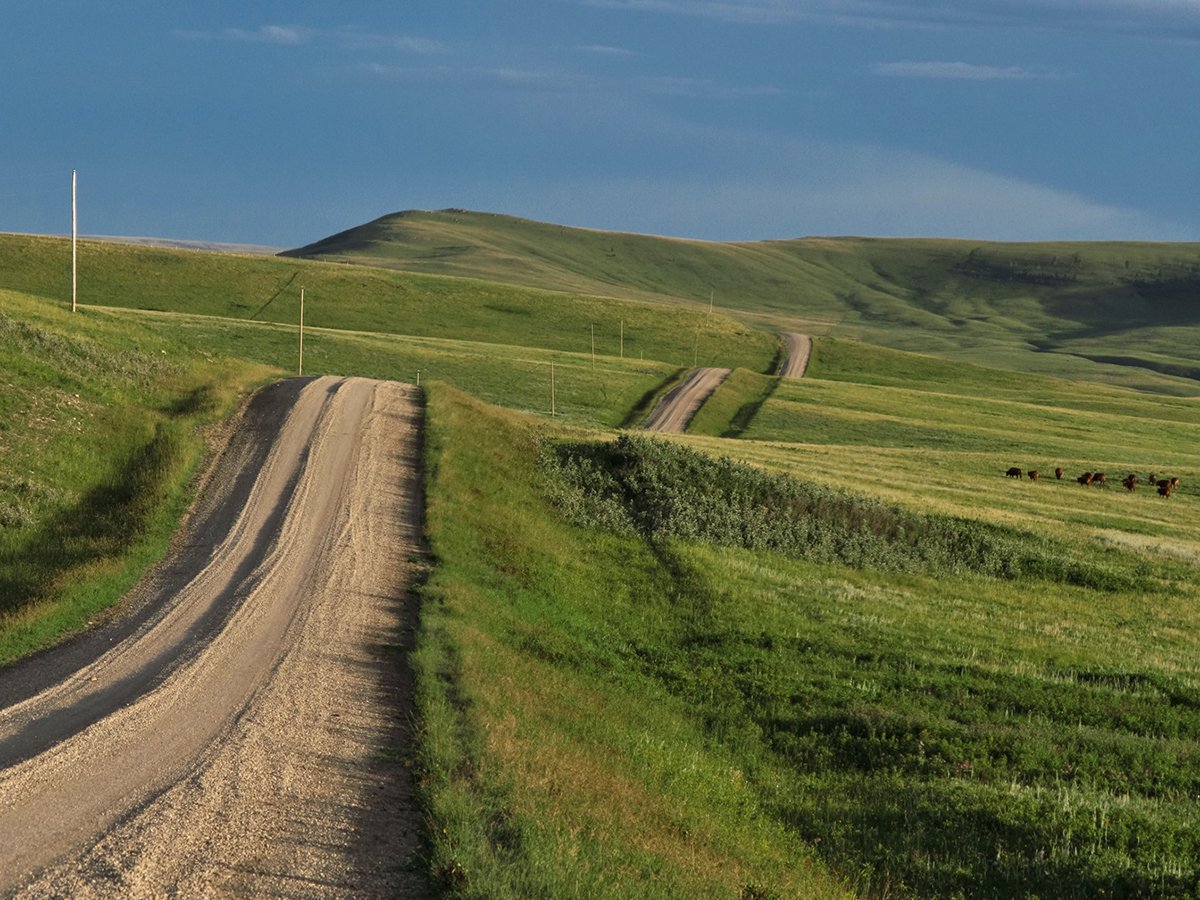A new word appeared in a Western Producer headline Aug. 26, 1971: “Agribition officially set; to be mammoth stock show.”
The Canadian Western Agribition Association had been formed at a meeting in Regina, and the first show – the West’s answer to Eastern Canada’s – Royal Winter Fair – was set for Nov. 30 to Dec. 2.
Chris Sutter, one of Agribition’s founders and its first president, predicted 2,100 head of livestock would be on the grounds just three short months later.
Read Also

Fog fever, or ‘the grunts,’ spells trouble for beef cattle
Whether you call it fog fever or something else, this illness means trouble for cattle. Learn what triggers the disease and how to prevent it.
But “mammoth”’ proved prophetic when 2,670 livestock arrived and organizers scrambled to find stable space.
While early attendees remember the weather as cold, the Western Producer reported no complaints from the owners of commercial cattle that ended up stabled outside.
“The weather was balmy and outside was the natural habitat for these cattle so there wasn’t a moo of complaint,” p wrote Keith Dryden.
It was cold, it was crowded and it was a success.
Next week, the 40th show opens in some of the same facilities that existed e in 1971 and many newer ones. More than one million sq. feet of indoor show space will be occupied.
President Marilyn Charlton said the anniversary celebration and traditional d brand burning to open the show Nov. 22 will include two of the original five people who signed the certificate incorporating the association.
It will also pay tribute to exhibitors and sponsors who have made the show a success.
The milestone will be marked throughout the show in different ways.
For example, the Hereford breed is celebrating 150 years in Canada and 40 shows at Agribition.
“What’s striking to me is that really what happened in the first show is still very relevant today,” Charlton said.
The show is still producer-driven and designed to showcase the best producers have to offer.
“That speaks well to those founders,” she said.
Twelve breeds, including seven national shows, will be featured in the show ring this year: Red Angus, Black Angus, Charolais, Galloway, Gelbvieh, Horned Hereford, Polled Hereford, Limousin, Maine-Anjou, Simmental, Shorthorn and Speckle Park.
Six breeds held shows in 1971: Aberdeen Angus, Charolais, Galloway, Hereford, Red Poll and Shorthorn. There were also display herds of Simmental and Limousin cattle.
The top selling animal in 1971 was a Simmental calf, born in March that year, which sold for an astonishing $12,000.
The sale average for Herefords, which had the largest sale, was $696.86. Charolais sales averaged $1,047,89 and Shorthorns averaged $404.90. Red Polls sold for an average of $316 and Angus cattle averaged $411.
“Strong market prices for calves this fall kept the entry in this event down to 170 head,” Dryden wrote of the feeder calf competition.
“But it was a good show and an average price of $40.38 a hundred (weight) was quite respectable.”
Different breeds and animals have come and gone over the years. Hogs were once a mainstay but no longer appear on the schedule.
The dairy industry has moved to a display rather than a show and sale. Horse events are popular throughout the week.
Rodeo and the trade show have been part of Agribition every year, and international visitors and buyers have helped make it a premier marketplace.
More than 700 international guests representing 70 countries attended last year.
Charlton said purebred livestock entries should be on par with the five-year average of about 1,800, but most other livestock are reporting an increase in numbers.
One thing that definitely has changed is the admission.
No admission was charged at the first show because the association thought it would improve the relationship between urban and rural people, which was benefit enough.















